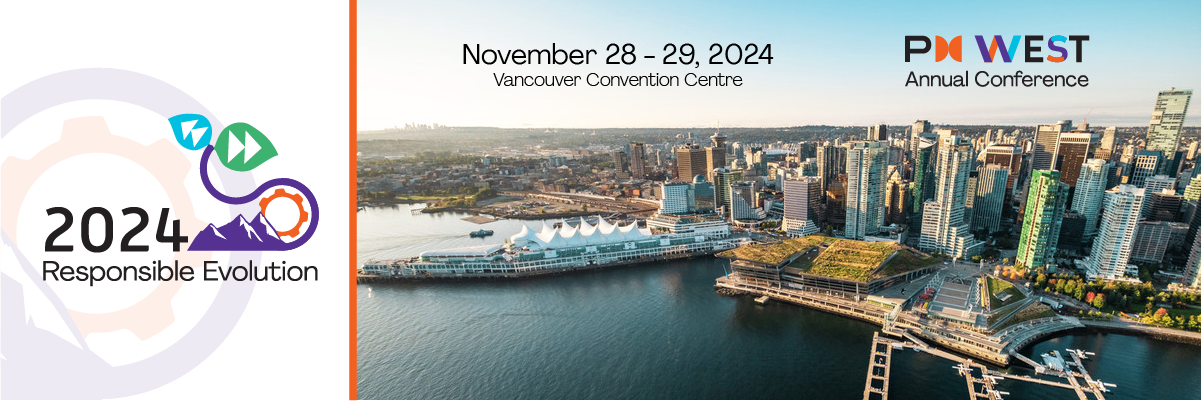Decoding Project Success

How do you define a “successful” project? Who determines that a project has been successful? Traditionally, it’s about meeting scope, time, and budget. As a seasoned Project Manager, with two decades of experience successfully completing every project I was responsible for, I’ve learned that defining project success is a lot more nuanced than that.
According to PRINCE 2 methodology, project success is based on whether the project outcomes produced the expected benefits as outlined in the business justification for the project. But reality and organizational subtleties drastically complicate these success criteria. Not only do they do not necessarily give a full and accurate picture, it is often impossible to effectively define success at the beginning of a project.
As a Project Manager, how do you ensure that your projects are successful?
First, and most importantly, continuously engage the stakeholders, sponsor, business owners, users, suppliers, etc. Have a continuous dialogue with them to understand their perspective and priorities, with regards to timeline, budget, quality, scope, and the overall context of the project. Ask the crucial questions:
- Are all the stakeholders invested in the project’s success?
- Do they want the same project outcome or deliverables?
This includes getting stakeholders to agree on what will be acceptable trade-offs.
For example, is it more important that the project is completed on time than having all the functionality agreed in the scope? This may be important if there’s a critical deadline. Alternatively, staying within budget and timeline may outweigh delivering the entirety of the scope. This may be a consideration for a product launch where revenue from sales is required to fund the investment.
For a safety critical system, delivering high quality functionality may outweigh completing the project within the agreed budget and timeline. There is a dynamic balance of considerations to be identified at the outset of a project and to be maintained throughout its course as circumstances change.
The other part of the equation is to continuously ensure that the project team remains aligned with the stakeholders on the justification or reasons for doing the project, and that they understand the latest expectations of the project as it evolves towards its conclusion.
The desired deliverables, pros and cons of the project, costs, operational and organizational impacts on the business are highly likely to change during the implementation of the project. In addition to conditions related to the project itself, the opinions of the sponsor, the stakeholders, or the context inside the organization might change too.
The Project Manager must constantly adapt to ensure the project remains ideally placed to deliver what will be considered the best outcome from the perspective of the organisation. Certain changes to the project might be acceptable in the new context, be it increased costs, schedule changes, or qualitative scope elements.
Adopting the most appropriate project methodology can help the Project Manager. Agile projects are designed to adapt more easily to changing circumstances beyond the control of the project team or the organization. Even if the objectives were established in the “Stakeholder Vision Document”, or if the scope, timeline, and budget were initially agreed upon, the circumstances of the project often change as implementation progresses. These could be changes in business context, vendors, or regulations.
Success throughout the project lifecycle
Project success depends on continuing to meet the sponsor and stakeholders’ changing expectations as the project evolves. A Project Manager must holistically understand and maintain the business case for their projects during the entire project lifecycle, not just at inception. This does not always line up with the traditional definition of success.
Ultimately, success is not a binary decision but a continuum between perfection and catastrophe; its magnitude a subjective assessment against many criteria defined by the interested parties, by the sponsor and the stakeholders, which may evolve throughout the project lifecycle.
For a Project Manager, continuously engaging with stakeholders is crucial. The dialogue helps understand changing priorities regarding timeline, budget, quality, and scope, allowing for acceptable trade-offs during the implementation of the project. To ensure success, a Project Manager must align the project team with stakeholder justifications for the project and regularly reassess the business case to adapt to changing circumstances.
Example: A private bank in London had a project to implement an enterprise banking software platform to support their transformation from broker to private bank. The project was severely behind schedule and had overspent millions of dollars. Consequently, the senior executive team was fired and replaced by the board of the parent company, and the replacement Project Manager quit. A new project management team was put in place and the project was completed before the parent company lost patience. The business sponsor ultimately considered the project to be successful because the bank’s transformation was accomplished by avoiding bankruptcy and the staff still had their jobs.
A successful project is one that delivers perceived value to the business at project completion, which is often different from the expected value at the beginning of the project. In this example, key project stakeholders determined the success factors based on their expectations as the projects progressed. A project that went over budget can still be deemed successful if it prevented bankruptcy and preserved jobs.
The Project Manager’s role is to manage expectations during the entire lifecycle of the project and, to ensure success at completion. Expectations are beliefs that something will happen or that you will get something that you want. In the face of adversity, these intangible project qualities must be resilient. The resourceful Project Manager’s challenge is to sustain both belief and faith amongst all parties, throughout the duration of a project.
About Hilltop Partner Network
Simeon Paster is a trusted member of Hilltop Partner Network. To learn more about our consulting network, visit Our Members page.

Simeon Paster
Simeon Paster is a seasoned Senior Software Project Manager with over 20 years of experience. His expertise lies in managing complex technical endeavors, collaborating with cross-functional teams, and driving innovation. Simeon has successfully overseen projects ranging from small tactical development to large multi-million dollar strategic corporate transitions in various business domains. These projects include large-scale enterprise software and hardware implementations as well as implementing process improvements. Simeon is a certified PRINCE 2 Practitioner, but he has used various Project Management and software development methodologies, including SDLC, Agile, PMP and PRINCE 2.


















